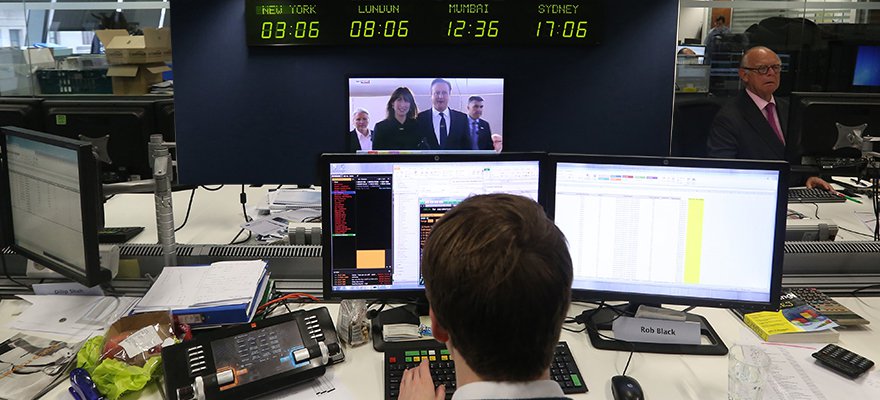If the Trading Platform is the heart of your brokerage business, the data feed is its veins. The quality of the source of the quote stream affects the entire trading process and subsequently the broker's revenue. Poor data feeds may provoke platform abusers to perform their arbitrage strategies, which may lead a broker to substantial losses. The importance of the qualitative data feed shouldn't be underestimated. That's why in this post I want to draw your attention to the problems that you may face with feeds.
Before we start I should mention that the problems we are going to discuss hardly affect brokers using 100% STP models with execution of all orders on the interbank market.
The first problem is quote lags
When you’re getting quotes to your platform not directly from the tier-1 Liquidity providers, but from the secondary quotes providers (e.g. from other brokers), you just get an additional mediator in the quotes supply chain. In this case, the quotes on your server will have a time lag and the prices will digress from the quotes of the original provider. Clients having access to the quotes of initial provider and special software will be able to play against you, knowing the direction of the trend in advance. In case of high volatility on the market, even a short delay can lead to considerable losses.
The second problem is non-market quotes
This problem is connected with the quality and low-latency of the data feed, which is defined by the absence of non-market spikes and gaps. Customers can compare your quotes with a better quality source and open profitable orders on spikes and gaps in your platform. You have to either cancel such transactions with the threat of a damaged reputation or accept the losses coming from such customers. So, brokers should keep an eye on their quotes sources and use data feeds with a direct connection to liquidity providers and minimal price modifications (filtering, markups).
Risks of fixed spread
Another point that is worth paying attention to is the fixed spread that is often offered by market makers. Liquidity providers may sometimes have spreads that are 3-5 times greater than a broker’s. In this case the value of a bid or ask quote with a fixed spread value may be far from its actual level. In such rare moments, clients having special software can open predefined profitable positions. Thus, a fixed spread also bears some risks in itself. This should be taken into account when you decide to work with them.
Risks of filtering quotes
On the one hand, filtering quotes helps you to cope with the consequences of a poor quotes stream. However, you should be careful with filtering, because filtering out non-market gaps and spikes may sooner or later lead to a situation where you filter out the real market spikes, and abusers will immediately take advantage of this. You should also bear in mind that any interference in a quotes stream consumes time and can recursively turn into a quotes lag problem on your server.
Solution
The aforementioned problems can be more or less solved by aggregation of quotes from different sources. However, this is not a panacea for all problems. Every situation needs a thorough analysis on your servers. Fortunately, there are plenty of technological solutions that can help you to analyse the quotes streams and manage them according to your requirements.
For example, you can prevent your risks by suspending trades on stopped quotes using the dedicated software, or allocating different feed streams to different groups and symbols, as well as forcing the launch of a specific feeder at a predefined time. The possibilities are only limited by your imagination.
Summary
Thus, the main rule of success is using reliable quotes sources and technology providers. As we have ascertained, most of the problems arise when a broker uses bad-quality data streams that always come with delays and non-market prices. To improve the processes, a broker can also use additional software for quotes management. Especially useful would be solutions to identify and fight platform abuse. I highly recommend such solutions to all B-book brokers.

















